On Accomplishment & Opportunity
By Prithi Kanakamedala
In 1945, Booker T. Washington, one of the founders of the prestigious Tuskegee Institute was inducted into the Hall of Fame of Great Americans located on what was then the uptown campus of New York University. Washington’s profound achievements during his lifetime created further historical firsts in legacy. The educator and advisor to Theodore Roosevelt and William Howard Taft had been dead for thirty years, which made him eligible to be nominated as a “Great American” into the country’s first hall of fame. Notably, he was the first African American to be included. His granddaughter, Gloria Davidson Washington, a noted Bronx educator, was the chief guest of honor at the bust’s unveiling. The enormity of the occasion resulted in President Truman sending a note. He praised the addition of Washington to the Hall of Fame adding “the unveiling of this bust marks the rise of a man from bondage to the Hall of Fame. That rise is in the great American tradition of advancement by industry, patience and perseverance” (New York Herald Tribune).
Today, Washington’s bronze bust represents just one of three commemorative items in the Hall of Fame collection housed at Bronx Community College CUNY (BCC). The others include a commemorative coin depicting a central chapter of U.S history and Washington’s personal and political journey – the struggle from slavery to freedom – and a photograph featuring Washington’s childhood friend Henry Swain placing a wreath at the bust of Abraham Lincoln (another Hall of Fame inductee, forever cemented in popular memory as the “Great Emancipator”) with Washington’s commemorative coin on the left of the image composition. While Henry Swain is central to the photograph he is simultaneously absent. Like Washington, Swain was also born into slavery and survived the tumultuous negotiations of freedom from the Civil War to Jim Crow. As a free man, Swain identified a number of sites associated with Washington and campaigned for preservation of the physical landscape (Cultural Landscape Report for Booker T. Washington National Monument). Yet very little material exists on Swain’s remarkable accomplishments as an early grassroots landmarks preservation advocate.
The medium for Washington’s spatial and archival commemoration is an excellent introduction to the politics of historical preservation. Who do we choose to remember and how? What criteria do we use that preserves the legacy of some and discards the accomplishments of others? And how do historians and educators address this cultural amnesia.
For over half a century, social historians have addressed the silences in the archives and produced revisionist narratives that honor a more nuanced and inclusionary interpretation of the past. This works is necessary as the archives are particularly sparse on the achievements of ordinary men and women of color especially in the nineteenth and early twentieth centuries. As an educator, imparting the discipline’s rigorous research methodology to our students can result in the creation of meaningful, disruptive and timely historical narratives. As part of the American Nation (HIS 20), an American history survey course offered by BCC’s History department, students are asked to complete a final research project that focuses on the Hall of Fame. In recent semesters my students have looked at the politics of commemoration to think about broader ideological questions of accomplishment and opportunity along intersectional lines of race, gender and class.
Student Excerpts
Mary Addy, AA Liberal Arts 2016
Ms. Addy researched inventor George Washington Carver and reflected on his struggle to be recognized for his achievements during his lifetime and eventual commemoration in the Hall of Fame, other landmarked sites, and a stamp.
https://bcc-cuny.digication.com/his_20_q_addy/Annotated_Bibliography/published
George Washington Carver: To Be Remembered, Or Not To Be
During the early 18th to the late 19th century African Americans were not recognized as citizens, which made it difficult for their voices to be heard in any shape or form. As a result, the efforts of people of African descent were often dismissed or credited to their slaveholders. George Washington Carver was an exception and is therefore included in the Hall of Fame.
But the question remains: what about those individuals who were not as lucky as Carver, whose works were dismissed because society did not think them capable?
Jasmine Edwards, AA Liberal Arts 2017
Ms. Edwards looked at George Washington and his memorialization through sites, stamps, and currency.
https://bcc-cuny.digication.com/his_20_q_edwards/Final_Draft#
George Washington was one of the founding fathers of the United States and often goes by the nickname “the father of his country”. He commanded the Revolutionary War (1775-1783) and became the first president of the United States. By the time he was inaugurated into office in 1789 it is rumored he had approximately 200 slaves at his estate. Some of Washington’s slaves were as young as 11 years old and he acquired eighty more by marriage to his wife Martha Curtis in 1759.
Slavery, was a corrupt institution used to exploit African Americans, [but] it laid the foundation for the way the United States was built and the country benefited greatly from the revenue acquired from this practice.
Stephanie Rodrigues, AA Liberal Arts 2016
Ms. Rodrigues examined the life of reformer and Nobel peace prize winner Jane Addams and the ways in which she has been commemorated.
https://bcc-cuny.digication.com/his_20_q_rodriguez_stef/Final_Draft#
Jane Addams had a profound desire to attend to the needs of the poor. Hull House created a much needed list of services: nursery school, kindergarten, English classes, public baths, and a boarding house for single people. Assistance in education, housing, and general care made Addams a remembered figure. Today she is remembered in a plaque on the sidewalk of Washington, DC, a postage stamp, a junior high school in Chicago is named after her, and a high school in the Bronx. She is one of the few women in the Hall of Fame and her legacy is permanent through preservation efforts.
Rethinking who, how, and why we privilege some historical actors over others in the Hall of Fame can yield positive research and pedagogical results. With plans to expand the Hall of Fame now is a particularly apt time to consider history from the ground up – to rethink how we define accomplishment and those afforded opportunity – and ultimately to reconsider how do we celebrate the extraordinary achievements of ordinary people.




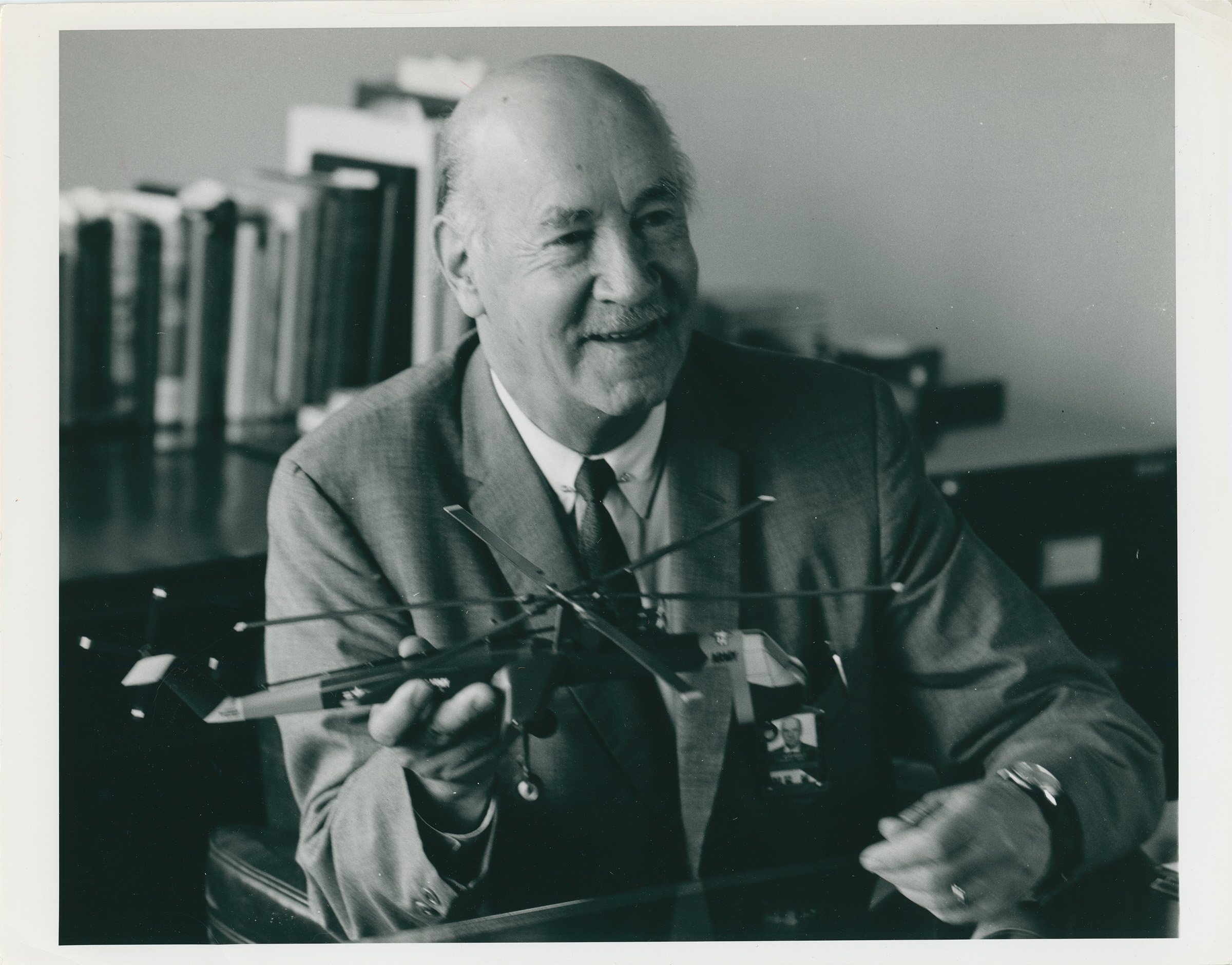
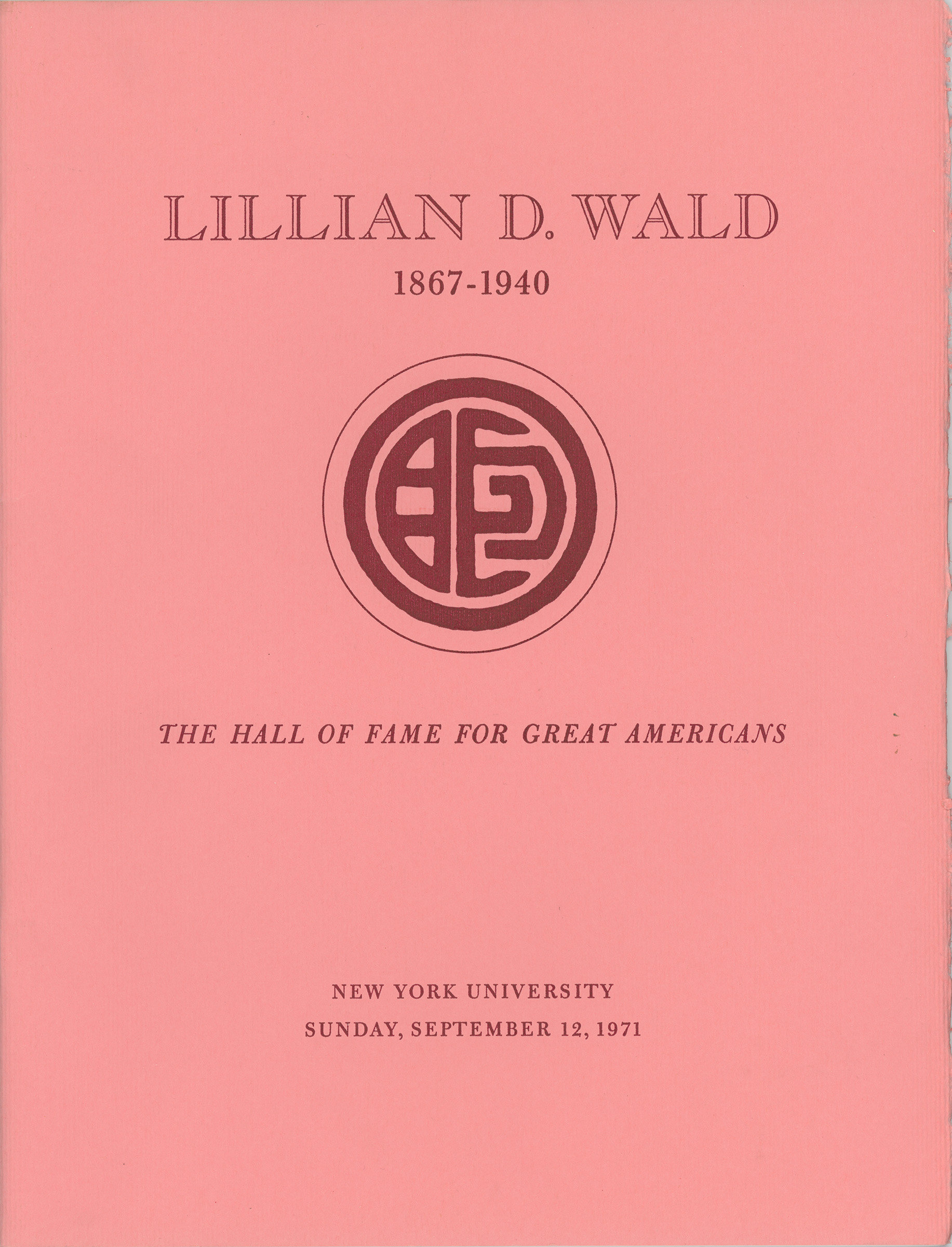
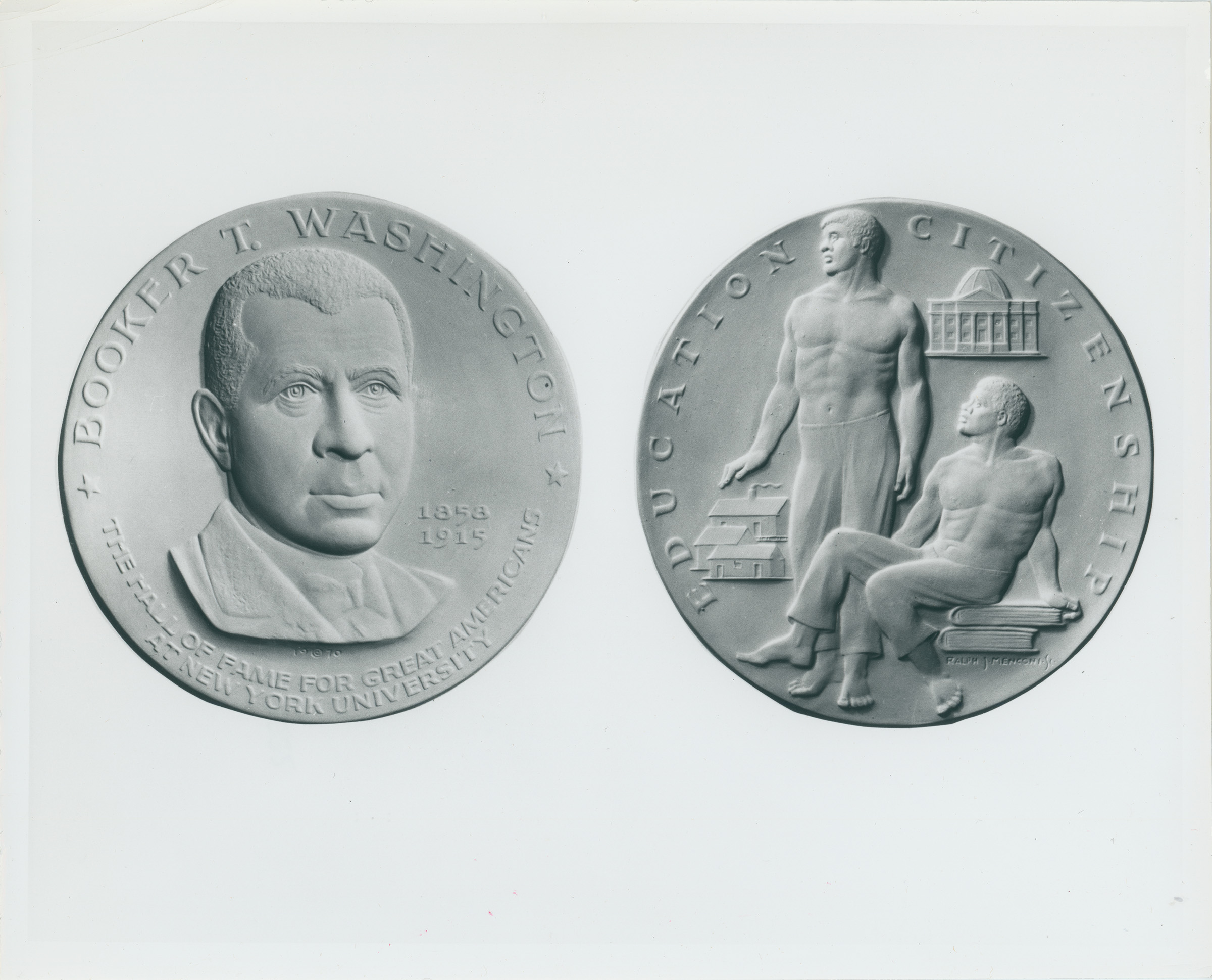

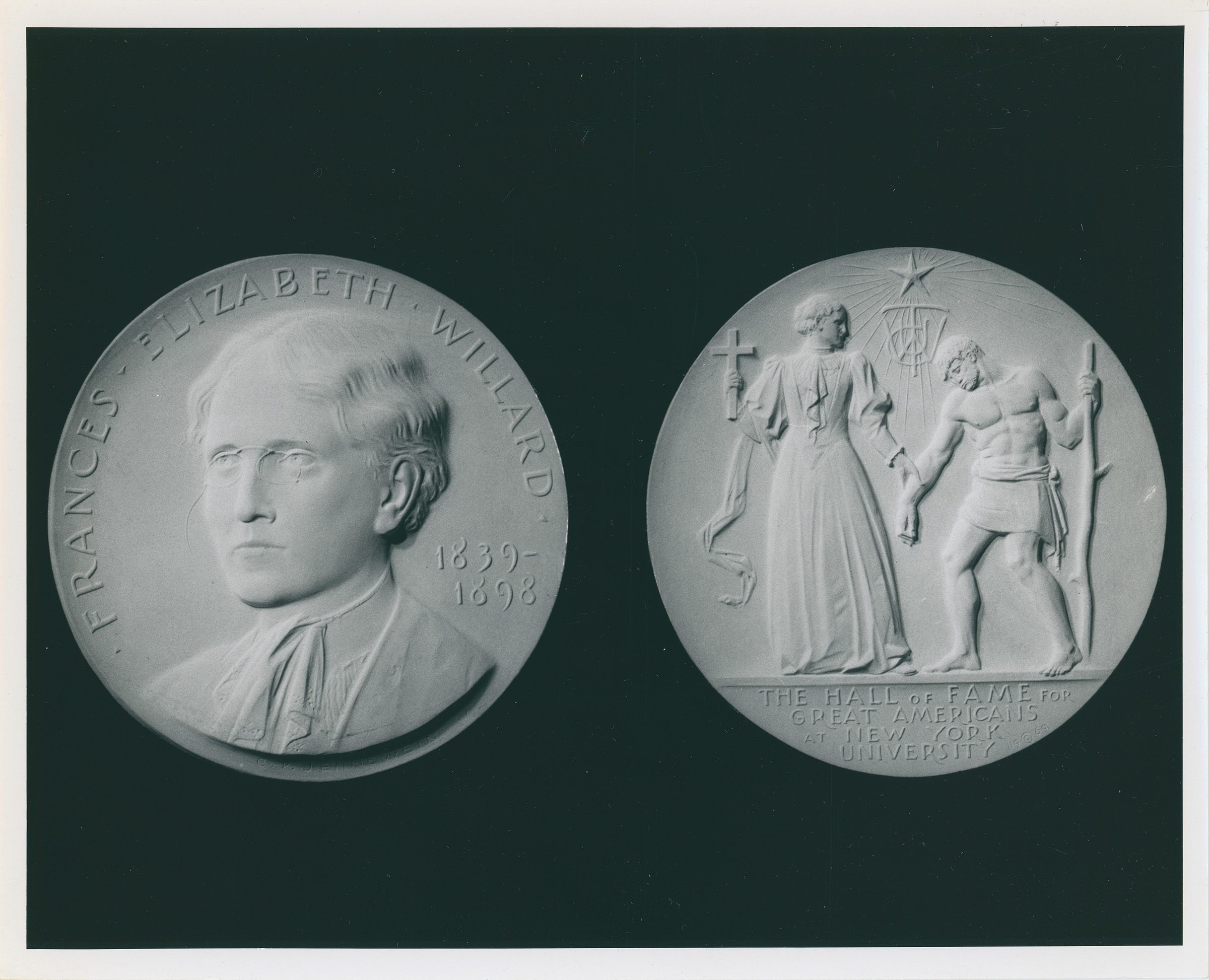
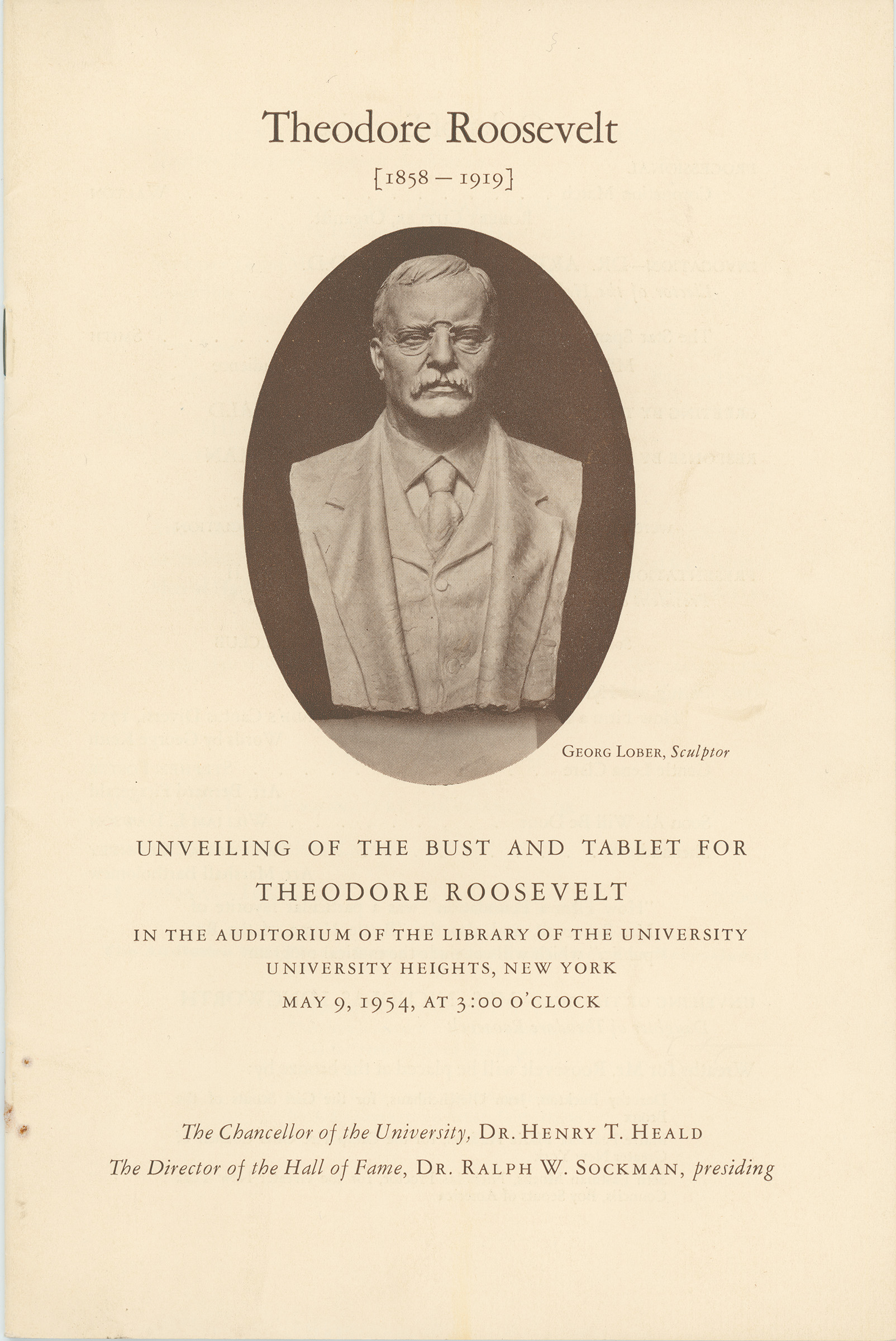


Recent Comments